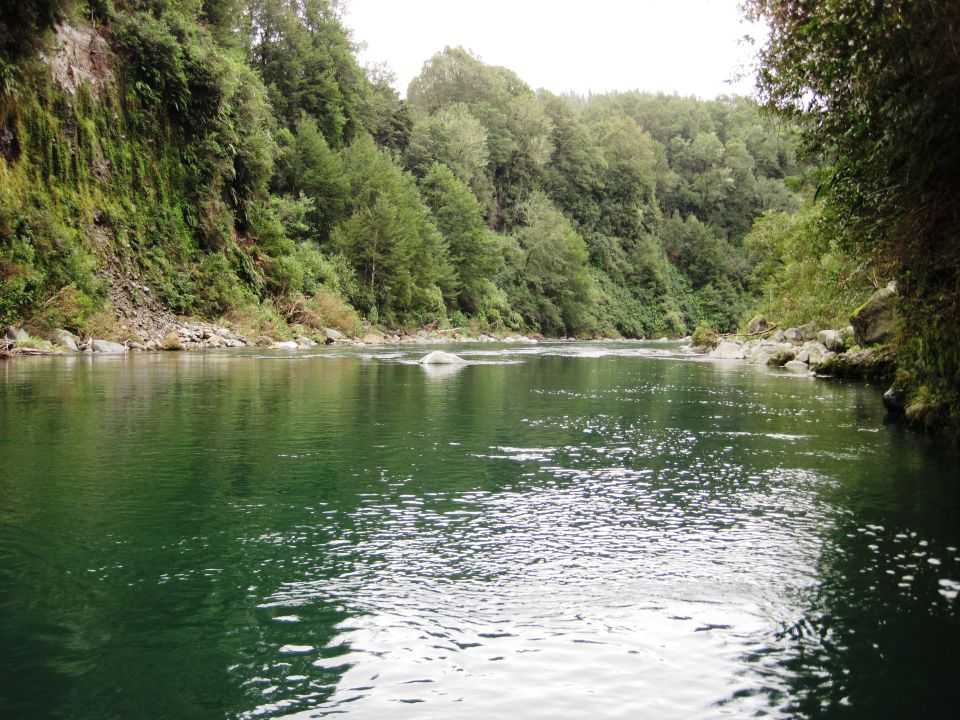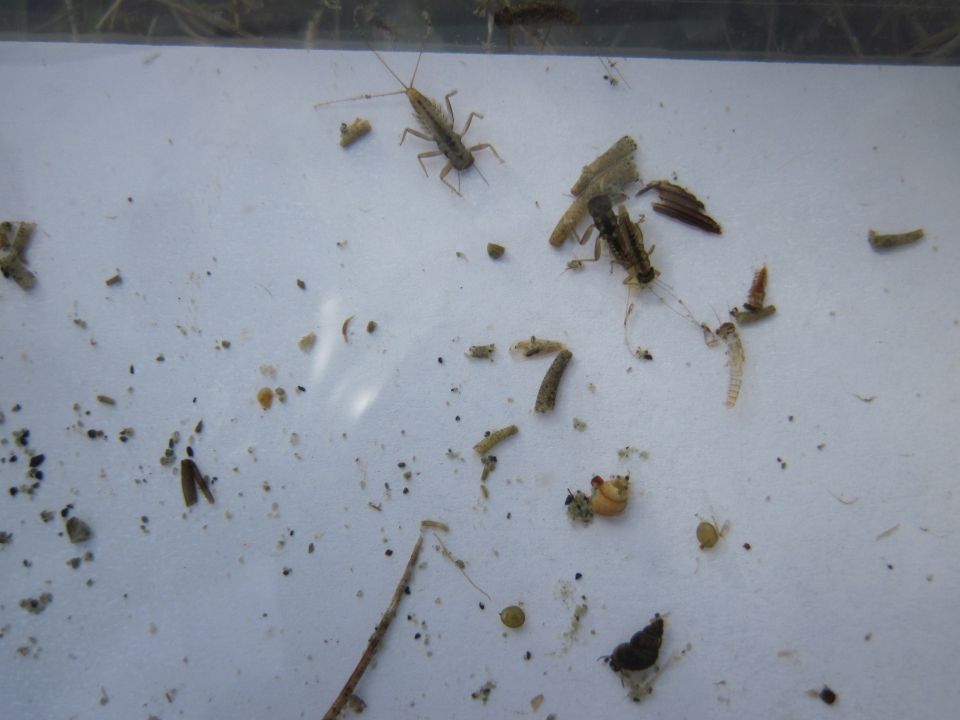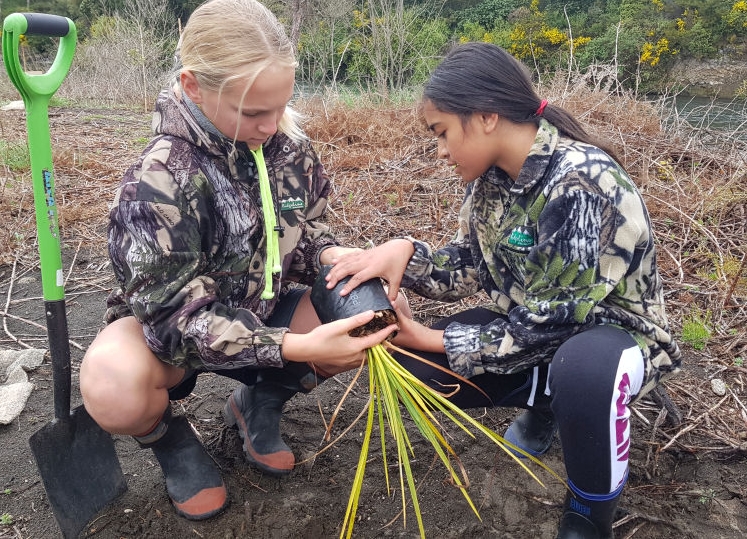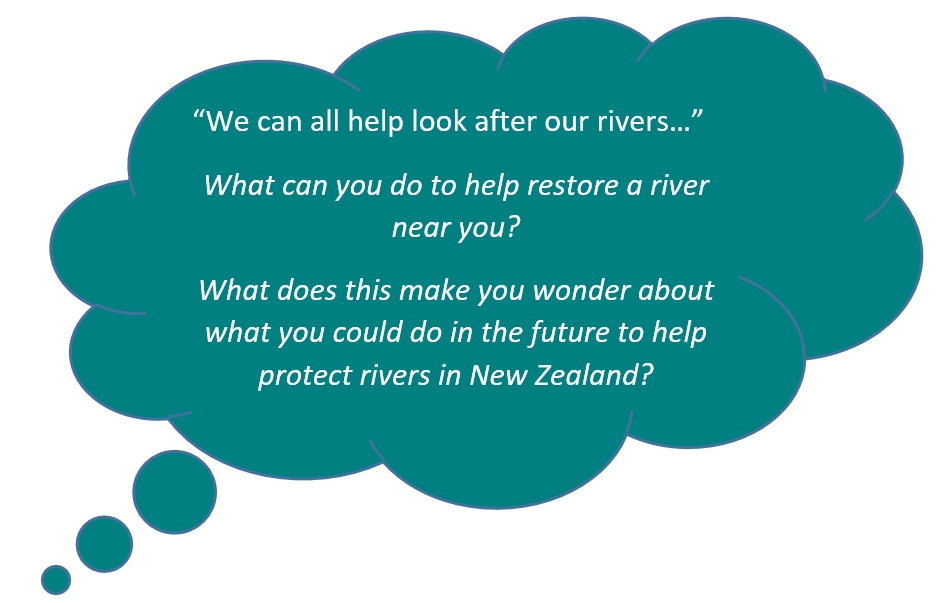You can contact LEARNZ, part of CORE Education, at:
Postal Address:
PO Box 13 678,
Christchurch 8141,
New Zealand
Human activities have damaged a lot of New Zealand’s natural landscape and reduced the health of rivers. Restoring rivers can repair some of this damage.

To restore a river, you need to restore the whole ecosystem from its source in the mountains through to where it meets the sea. This means restoring water quality. Water needs to be clean, clear and cold. Water quality is also affected by plants and animals. Bringing back native plants and animals helps restore the whole river ecosystem and the environment around the river.
To improve water quality, you can:
Restoration is about helping something that has been damaged, degraded, or destroyed. Restoring rivers means restoring water quality, water flows and biodiversity.
Restoring biodiversity usually involves bringing back lost species that are found naturally in the area. That is why it is important to identify what naturally lives in the area you want to restore.
As well as adding something back to an ecosystem, restoring biodiversity may also involve taking something away. This usually means removing unwanted plants and animals – known as weeds and pests.

Before you can restore biodiversity to an area you need to know what lives there and how healthy it is. You can investigate what lives in the river or waterway that you want to restore. Water quality and soil quality can be measured.
You could also record what people do in the area and find out if human activity is affecting the health of the area.
Monitoring involves sampling and taking notes about:
You could talk to local iwi and experts to find out more about the history of the area and how it may have changed over time.
Once you have completed monitoring it is time to take action. Plants provide habitat for a wide variety of animals. Restoring vegetation can help improve water quality and restore wildlife.

Ideally, bush areas will regenerate naturally from falling seeds, or those carried in by wind or birds. But sometimes nature may need a helping hand through active restoration planting and seeding. This is especially so if the restoration is being done on land that was once farmed. Collecting seeds close to where they are to be planted is called eco-sourcing. It is an important part of a restoration project.

Ready for a quiz? Try the Restoring Rivers interactive activity.
Why is ecosourcing important?
Ecosourced plants will be suited to local conditions and more likely to survive. They will also help maintain the area's unique local characteristics. Ecosourcing will avoid the risk of planting species which are not native to the local area and which could become invasive.
Once you have planted an area you need to look after it by removing any weeds. You may also need to protect plants from pests. This can be done by trapping predators and protecting plants from animals. You can place cardboard around plants until they grow large enough to cope with animal browsing.